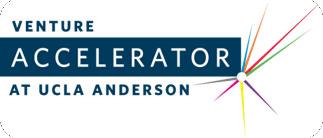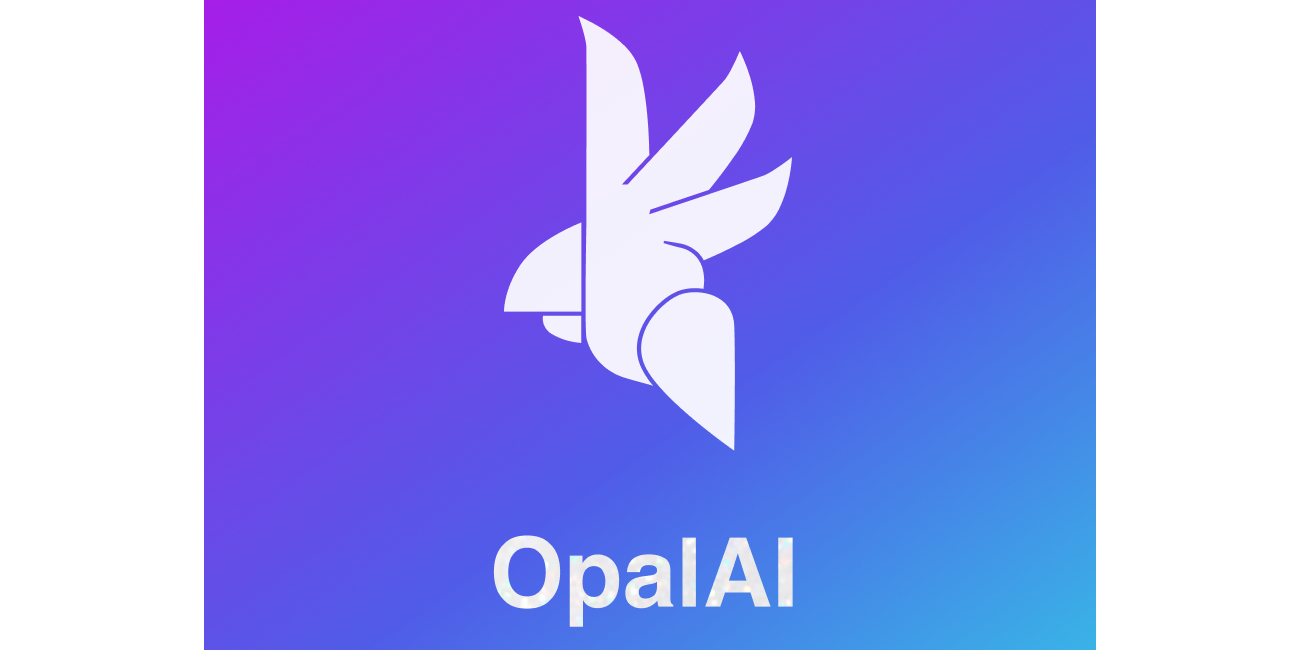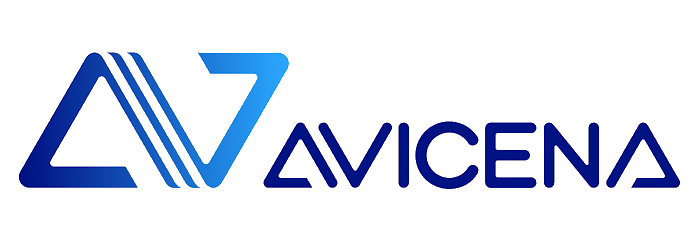In today’s fast-paced and competitive job market, companies are looking for more efficient and reliable ways to hire top talent. Traditional recruitment methods are often time-consuming and can miss critical insights about candidates. At Octopyd, we are revolutionizing the hiring process by using a referral-based system that integrates public information as part of our 7-tier vetting mechanism. This approach allows us to ensure that the candidates we refer are not only qualified but also aligned with the company’s culture and values.
One of the key components of this process is leveraging public information to gain a deeper understanding of a candidate’s background, professional experience, and public persona. In this blog, we’ll explore the role of public information in vetting candidates and how it helps companies make better hiring decisions.
What Is Public Information in the Context of Hiring?
Public information refers to the data and content about an individual that is publicly accessible. This can include a variety of sources, such as:
- Social Media Profiles: Platforms like LinkedIn, Twitter, and Facebook provide insights into a candidate’s professional network, communication style, and personal interests.
- Publicly Available Articles or Blogs: Candidates who have written blog posts, articles, or participated in interviews often reveal their professional expertise, thought leadership, and values.
- Online Portfolios: Many candidates, especially in creative and tech industries, have online portfolios showcasing their work, skills, and achievements.
- Public Comments or Reviews: Platforms such as GitHub, Quora, or product review sites can provide insights into how a candidate interacts with others in professional or public settings.
- News Mentions or Awards: Public achievements, press mentions, or awards can provide additional context about a candidate’s professional success and reputation.
At Octopyd, we incorporate these sources into our 7-tier vetting process to ensure that we are getting a full picture of each candidate. By reviewing public information, we can assess whether a candidate’s online presence and public persona align with the values and requirements of the company.
Why Public Information Matters in the Vetting Process
Verifying Professional Experience
One of the primary benefits of using public information in the vetting process is the ability to verify a candidate’s professional experience. A well-curated LinkedIn profile, for example, can serve as a supplementary tool to cross-check the details provided in a resume. Additionally, endorsements, recommendations, and connections on LinkedIn can offer insight into the candidate’s professional network and credibility.
At Octopyd, SMEs (subject matter experts) review candidates’ public profiles as part of the vetting process to ensure that the candidate has the necessary experience and skills for the role. This also allows for a more comprehensive understanding of the candidate’s career progression and achievements.
Why this matters: Verifying a candidate’s professional background through public information reduces the risk of hiring someone with misrepresented credentials or inflated experience.
Assessing Cultural Fit
Cultural fit is an essential aspect of a successful hire, and public information can provide valuable clues about whether a candidate aligns with a company’s values. For example, social media platforms like Twitter or Facebook may reveal how a candidate engages with others, whether they demonstrate thoughtfulness, respect, or professionalism, and how they align with the company’s ethical standards.
By reviewing a candidate’s public posts and engagements, companies can gauge whether the candidate’s values and behavior are in line with the company’s culture. At Octopyd, this process is built into our vetting system to ensure that companies receive candidates who are not only skilled but also aligned with their organizational values.
Why this matters: Cultural alignment increases employee satisfaction and retention, leading to stronger long-term relationships between employees and employers.
Understanding Communication Style
A candidate’s communication style plays a significant role in how they will interact with colleagues, clients, and stakeholders. Public platforms, such as LinkedIn posts, tweets, or even blog articles, can offer insights into how a candidate presents their ideas, handles discussions, and responds to feedback.
At Octopyd, we use public information to assess a candidate’s communication skills, ensuring that their style aligns with the company’s needs. For example, if a company values transparency and open communication, we’ll look for candidates whose public engagements reflect these traits.
Why this matters: Effective communication is key to team collaboration and company success, and understanding a candidate’s style helps ensure a smoother onboarding process.
UIdentifying Potential Red Flags
Public information can also help identify any potential red flags that may not appear in a resume or during an interview. For instance, controversial statements, inappropriate behavior on social media, or other negative public interactions could indicate that a candidate may not be a good fit for the company’s culture or values.
Our 7-tier vetting process at Octopyd includes a thorough review of public information to ensure that candidates present themselves in a professional manner online. This helps companies avoid hiring individuals who may damage their reputation or disrupt the workplace environment.
Why this matters: Identifying red flags early on in the hiring process reduces the risk of making costly hiring mistakes.
Demonstrating Initiative and Thought Leadership
Public information can also highlight a candidate’s initiative, expertise, and thought leadership. Candidates who publish articles, contribute to industry blogs, or share valuable insights on platforms like LinkedIn demonstrate their commitment to continuous learning and professional growth.
At Octopyd, we look for candidates who go beyond their basic job duties to contribute to their industry. By analyzing their public contributions, we can identify candidates who are proactive, engaged, and dedicated to staying at the forefront of their field.
Why this matters: Candidates who demonstrate thought leadership and initiative are more likely to bring innovation and value to the company.
Building a More Complete Candidate Profile
Ultimately, public information provides a more well-rounded and comprehensive view of a candidate. Rather than relying solely on resumes and interviews, which may not provide the full picture, public information allows companies to understand candidates in a broader context.
At Octopyd, we believe that the best hiring decisions are made when companies have access to all relevant data about a candidate. Our use of public information in the vetting process, combined with expert referrals from SMEs, ensures that companies receive a complete profile of each candidate, leading to better hiring outcomes.
Why this matters: A more complete candidate profile allows companies to make informed decisions, leading to higher-quality hires and better retention rates.
How We Can Help
At Octopyd, we are revolutionizing the hiring process by incorporating public information into our 7-tier vetting mechanism. By leveraging AI-driven data analysis alongside SME referrals, we ensure that companies receive candidates who are not only technically proficient but also aligned with their values and culture. Public information plays a key role in helping us verify credentials, assess cultural fit, and identify potential red flags, ultimately leading to better hiring outcomes.
If you’re ready to improve the quality of your hires and streamline your recruitment process, Octopyd is here to help.

















